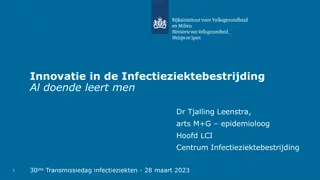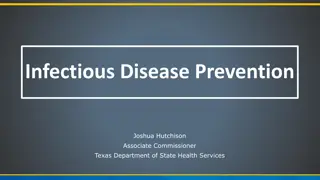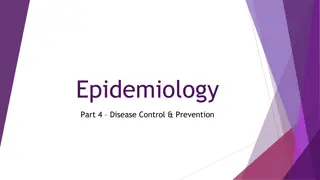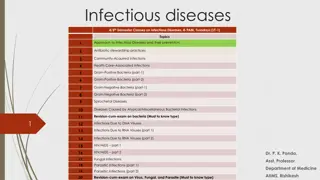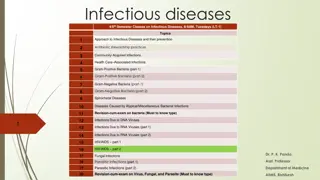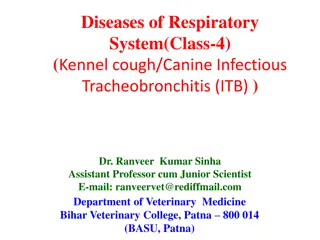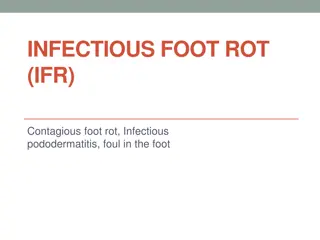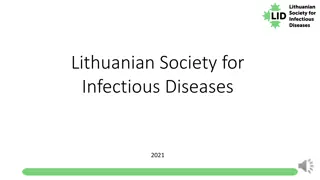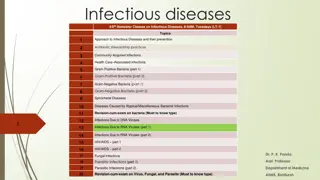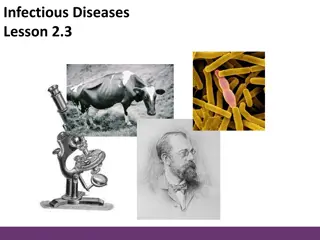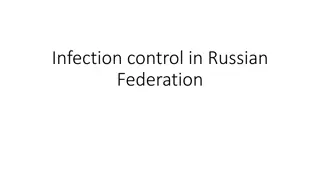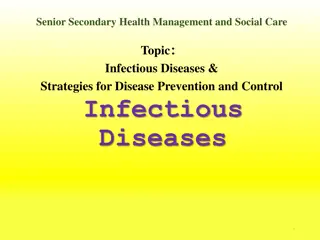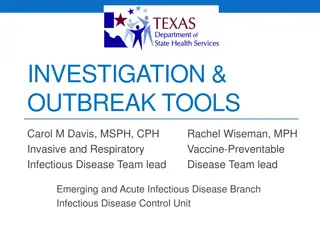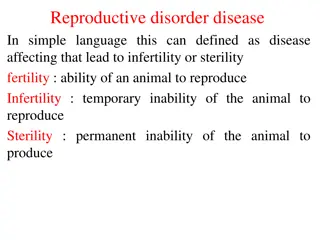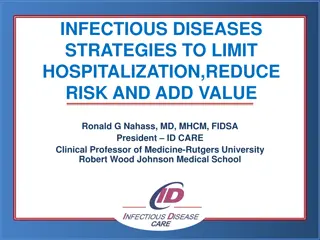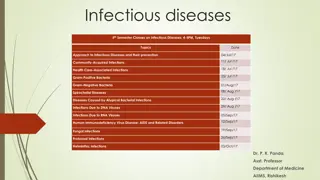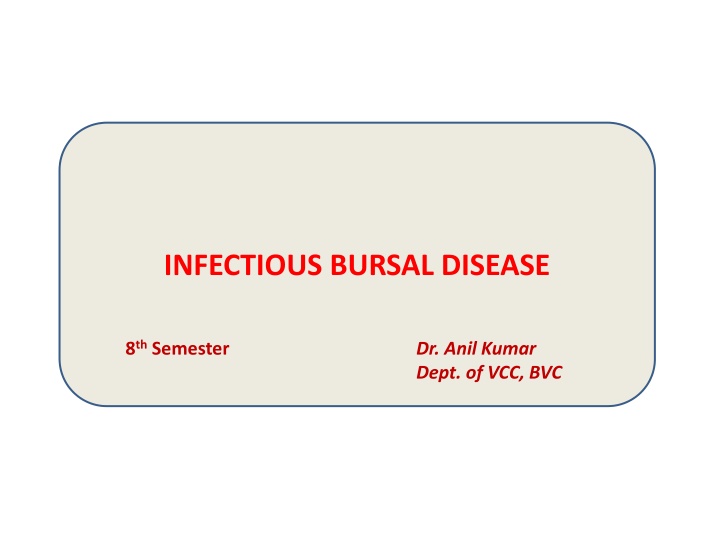
Infectious Bursal Disease in Chickens: Symptoms, Diagnosis, and Prevention
Discover the key information about Infectious Bursal Disease (Gumboro Disease) in chickens, including its etiology, symptoms, diagnosis methods, and prevention strategies such as vaccination and biosecurity measures. Learn how to identify and control this contagious disease affecting young chickens.
Download Presentation

Please find below an Image/Link to download the presentation.
The content on the website is provided AS IS for your information and personal use only. It may not be sold, licensed, or shared on other websites without obtaining consent from the author. If you encounter any issues during the download, it is possible that the publisher has removed the file from their server.
You are allowed to download the files provided on this website for personal or commercial use, subject to the condition that they are used lawfully. All files are the property of their respective owners.
The content on the website is provided AS IS for your information and personal use only. It may not be sold, licensed, or shared on other websites without obtaining consent from the author.
E N D
Presentation Transcript
INFECTIOUS BURSAL DISEASE 8th Semester Dr. Anil Kumar Dept. of VCC, BVC
INFECTIOUS BURSAL DISEASE Synonym : Gumboro disease. First time recorded in Gumboro area of U. S. A by Cosgrove and in India by Mohanty etal. It is highly contagious disease, between 2 to 6 wks. of age chickens are most susceptible. ETIOLOGY :Birna virus, Double stranded RNA Virus and have 2 main serotypes i.e. 1 and 2,where 2 produces disease in chicken. SPREAD : Mouth, but also through eye and respiratory tract. Litter mites and meal worms(Larvae of various beetles), and mechanical vector(wild birds, human, vermin) play a part in the spread of disease.
SYMPTOMS : Severe form is seen in chicks between3 and 6 wks of age. Most earliest symptom is picking of their own vent by some birds. Others symptoms vary, depending on the disease producing power of virus, ageand maternal antibody level of the chicks. They are depression, white diarrhea, soiled vents, anorexia, ruffled feathers, unwillingness to move, trembling, closed eyes, lying down in exhaustion and finally death. Mild form may show not any symptoms except poor growth. The course of disease in individual birds is short(5to7 days), leading raid death or recovery.
DIAGNOSIS : Isolation of virus. Serological test. P M finding. VIRUS ISOLATION : Infective materials inoculated in bursa fabricious and CAM in 9- 11 day old chick embryo leading to death in 3-5 days with mottled liver and kidney and congested lungs. SEROLOGICAL TEST : This include IF, AGPT, VN , ELISA and Electron microscope. VN test is a choice method of measuring IBDV antibodies. PM findings : Initially swollen bursa followed by atrophied bursa with hemorrhage in its inner surface is typical of gumboro disease. Swollen kidney and pale due to urates. Hemorrhages in thigh and breast muscles and also under the skin is third most important lesions of gumboro disease.
Enlarged hemorrhagic bursa Hemorrhages in thigh muscles. Inner surface of hemorrhagic bursa
TREATMENT : No treatment. PREVENTION and CONTROL : Biosecurity. Vaccination : 1) Immunization of breeding flocks to provide maternal antibodies to their progeny, which protects chicks for 1to 3 wks but boosting immunity with killed vaccines will extend the immunity to 4 or 5 wks. 2) To obtained high level of immunity, parents are vaccinated between 4 and 10 wks/ 10-14 wks of age with live vaccine, and again at about 16 wks with killed vaccine. 3) In India at present 3 types of vaccines are available. They are : Live mild strain( Lukert type) : has low invasiveness and may be neutralized by Mab before it reaches bursa for antibody production. Live intermediate(Georgia type) : have good response even in presence of Mab. Inactivated vaccines: most effective when chickens are primed with live virus vaccines.
For commercial broilers and layers : Lukert strain intraocular and IBD killed @0.2 ml s.c at 3 to7 days of age. At 14 to 18 days of age IBD intermediate strain @0.1 ml/ bird in drinking water or intraocular in broilers. These above 2 vaccines are sufficient for broilers. For commercial layers, intermediate vaccine in drinking water is repeated at 28 to 32 days and again at 42 to 46 days of age.

